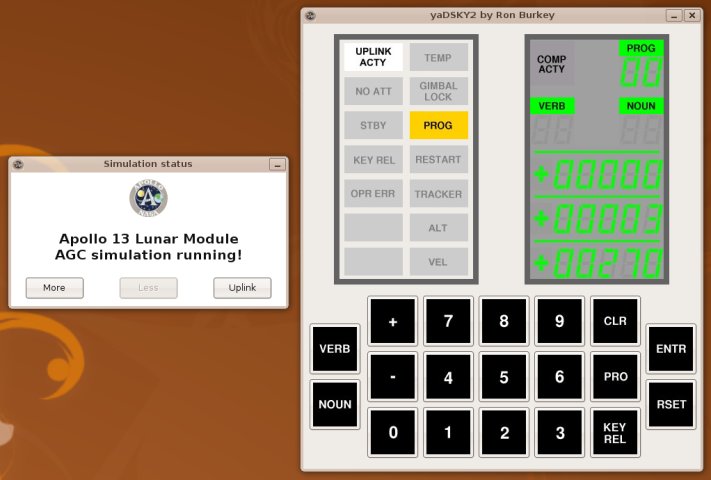FOR IMMEDIATE RELEASE: May 23, 2016
CONTACT: Henry P. Mills, Director, The Walker Percy Project
wppdirector@gmail.com (email)
www.ibiblio.org/wpercy (web)
Literary Website Celebrates Walker Percy Centennial (1916–2016) on May 28
The Walker Percy Project launches mission to provide access to the author’s work for all audiences.
Asheville, NC, May 23 — Walker Percy (1916–1990), the acclaimed late-20th century Louisiana novelist and philosopher, published six novels and three nonfiction books, as well as many social commentaries. His first novel, The Moviegoer, won the National Book Award in 1962.
The 100th anniversary of his birth arrives Saturday, May 28, 2016, and numerous regional events are being held in honor of the Percy Centennial, notably:
- Dedication of the “Walker Percy Serenity Circle” — featuring a life-sized sculpture of Percy — and Reading Room at the St. Tammany Parish Library in Madisonville, La.
- Publication of the new essay collection, Walker Percy’s The Moviegoer at Fifty, by LSU Press
- A special 3-day “Walker Percy Weekend” festival in St. Francisville, La. (June 3–5)
- Publication of a book of previously unreleased photographs: Walker Percy: Daylight and Dark
- The Conference on Christianity & Literature, Southeast Region, on the Walker Percy Centennial
- The launch of The Walker Percy Project website and its expanded educational resources and services
Details about these Centennial events — and much more — are accessible on The Walker Percy Project interactive website at <www.ibiblio.org/wpercy>.
The biblio.org Network of The University of North Carolina at Chapel Hill (whose libraries house the “Walker Percy Papers”) hosts the online resource, although the website is not formally affiliated with the university.
The Project is officially launching its website, a non-profit educational resource, in time to coincide with the Centennial. The Project’s volunteer director Henry P. Mills says,
“The exciting aspect of the website is that it combines the best features of an encyclopedia with the ongoing activities of a conference. Visitors — from curious readers to serious scholars — can actively engage in ideas and discussions related to Walker Percy.”
As a free clearinghouse of centralized resources on the author’s work and life, the website provides visitors with opportunities for personal sharing and collaboration through discussion forums, as well as access to wide-ranging materials, including:
- Current news on public and scholarly activities and publications related to Walker Percy
- Remembrances and Memorials from Eudora Welty, Shelby Foote, and Robert Coles, M.D.
- Critical essays for novice and advanced readers from Percy biographers and literary scholars
- Multimedia, including video and photograph galleries
- Book descriptions for books on and by Walker Percy
- Interactive features, such as Exhibits, Quizzes, and Curated web links
- Bibliographies and archive collections
- Educational resources and student projects
With the tagline “Access, Community, Discovery,” The Walker Percy Project encourages active exploration into Percy’s writings, life, and thought. Through its integration with an email-based interest group (the Percy-L listserv), the website lets readers and students participate in discussions and research. Mark Bloom, President of The Walker Percy Project, offers,
“The in-depth resources I discovered on the website greatly expanded my appreciation for Percy as a writer, so much so I felt compelled to get involved to learn more about him and help the Project grow.”
The Walker Percy Project website has received recognition from influential publications such as: New Orleans Magazine, Austin American-Statesman, Texas Monthly, The Southern Quarterly, Modern Language Association, and The Southern Register. The Project is dedicated to keeping Walker Percy’s work and critical thought on the “human predicament” and his concern with our comparable “displacement in the modern world” in the mainstream.
For more information on this story, please contact Henry P. Mills, the volunteer director and editor of The Walker Percy Project, at .
Please refer to the Project’s website at <www.ibiblio.org/wpercy>.
